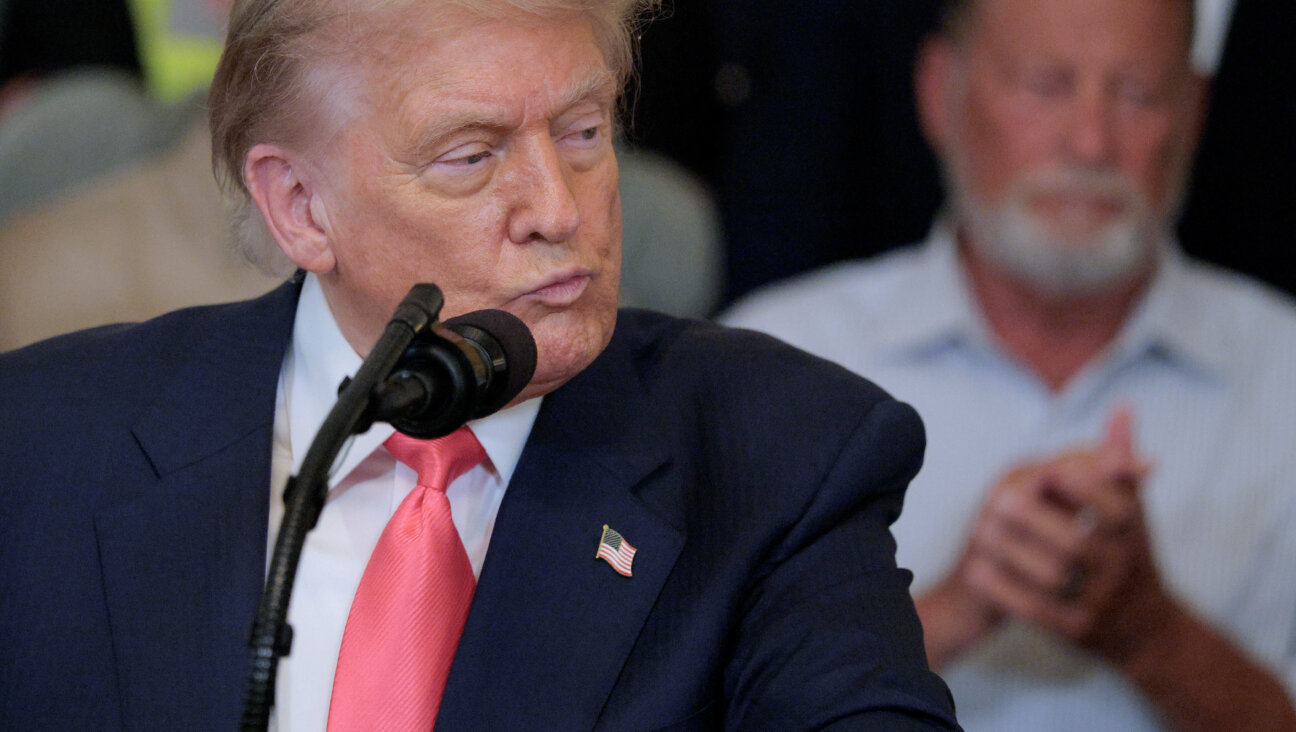The Twists and Turns of U.S.-Israel Ties
It’s a strange, little-known fact of Middle East diplomacy that America’s strategic relationship with Israel undergoes a fundamental shift every 20 years. A decade turns over, the calendar brings up a zero and badda-boom, like clockwork, something unexpected happens that changes the whole calculus of who needs whom and for what. Historically speaking, the current crisis in U.S.-Israel relations is right on schedule.
We speak of Israel as an ally whose well-being is an important American strategic interest. But it wasn’t always so. Yes, Washington recognized Israel the moment independence was declared in 1948, but it then sat and watched from the sidelines as five Arab armies invaded. Only in 1950, after the war ended in an armistice, did the United States take on a formal commitment: signing the Tripartite Agreement with Great Britain and France to guarantee the cease-fire lines against violations by either side.
For 20 years the relationship remained friendly but non-committal. Then came the Jordanian-Palestinian civil war of “Black September” 1970. When Syrian troops moved in to support the Palestinian side, Israel mobilized its reserves and forced a Syrian retreat. The action rescued Jordan’s King Hussein, humiliated Syria’s Soviet patrons and showed Israel to be a valuable American Cold War asset. That month, for the first time, Israeli security became a genuine strategic American interest.
In 1990, events were turned on their head again. Though few noticed at the time, the collapse of the Soviet empire had downsized Israel out of its job as a Cold War asset. That summer, Saddam Hussein’s Iraq invaded Kuwait. President George H.W. Bush assembled a 28-nation coalition to drive it back out, with Arab and Muslim nations comprising nearly half the coalition membership. Saudi Arabia, Egypt and Syria took the lead, but on condition that Israel stay out. Israel wasn’t even permitted to respond when Iraq bombarded Tel Aviv, as that would have broken up the coalition — precisely what Saddam intended. Israel grumpily held its fire, finding it had been demoted in American thinking, at least for the moment, to a strategic nuisance.
The next two decades were a roller-coaster ride: First, there was a bold experiment in peace-making that bound Israel and America closer than ever and boosted both in Arab eyes. Then came a decade of violence and upheaval that left Israelis disillusioned, America mired in two wars and the Muslim world more hostile than ever toward both.
Now it’s 2010 and time for another turnabout. And sure enough, everything is upside-down again. This time, though, the shock to the system is greater than in past
shake-ups. Both sides recently elected new leaders intent on rolling back the mistakes of their predecessors and adopting new strategic visions. Both sides believe the stakes are higher than ever. Unfortunately, the new leaders’ respective visions happen to put them on a direct collision course.
On the American side, President Obama aims to wind down the endless wars he inherited in Iraq and Afghanistan and leave behind stable regimes that aren’t bent on jihad against us. To do that he needs to win back the hearts and minds of a Muslim populace that is deeply suspicious of American intentions. His generals say it would help if he could show progress toward settling the Israeli-Palestinian conflict and winning Palestinian independence, a major irritant in Muslim views of the West.
On the Israeli side, however, Prime Minister Benjamin Netanyahu is determined to roll back the concessions already offered to the Palestinians by his predecessors. Netanyahu seems to fear that Palestinian independence won’t bring peace, but the opposite. And he and his allies reject the notion that easing the Israeli-Palestinian conflict will solve America’s troubles in the Muslim world. Linking the two arenas is dangerous and possibly even libelous, this camp insists.
Netanyahu won’t have an easy time making his case, though. It’s just not plausible to deny that America’s support for Israel is a major factor in current Muslim anti-Americanism. It’s not the only cause, but it’s one of them. It’s a fact that the rising spiral of Israeli-Palestinian tension in the past decade coincides with the explosion of Muslim hostility toward America, Israel’s patron. Easing those tensions wouldn’t open up Muslim hearts in a single stroke, but it would help.
Israel’s denials of a link ring particularly hollow because Israel itself has been arguing the opposite for years. Pressed to conclude agreements with Arab leaders, it has countered repeatedly that deals with Arab governments can’t be relied on when religiously-based hostility runs so deep on the Arab street. If popular Arab hostility toward Israel is so strong, how could it not impede American efforts to woo Arab support against the radicals? For that matter, how is it that Israel’s security and the threats it faces, for decades described by Israel’s supporters as touching upon essential American strategic interests, suddenly have nothing to do with American national interests?
No, this crisis isn’t a blip on the screen, and it can’t be wished away. A fundamental, strategic shift in the relationship has arrived, right on schedule.
Contact J.J. Goldberg at [email protected] and read his blog at blogs.forward.com/jj-goldberg























